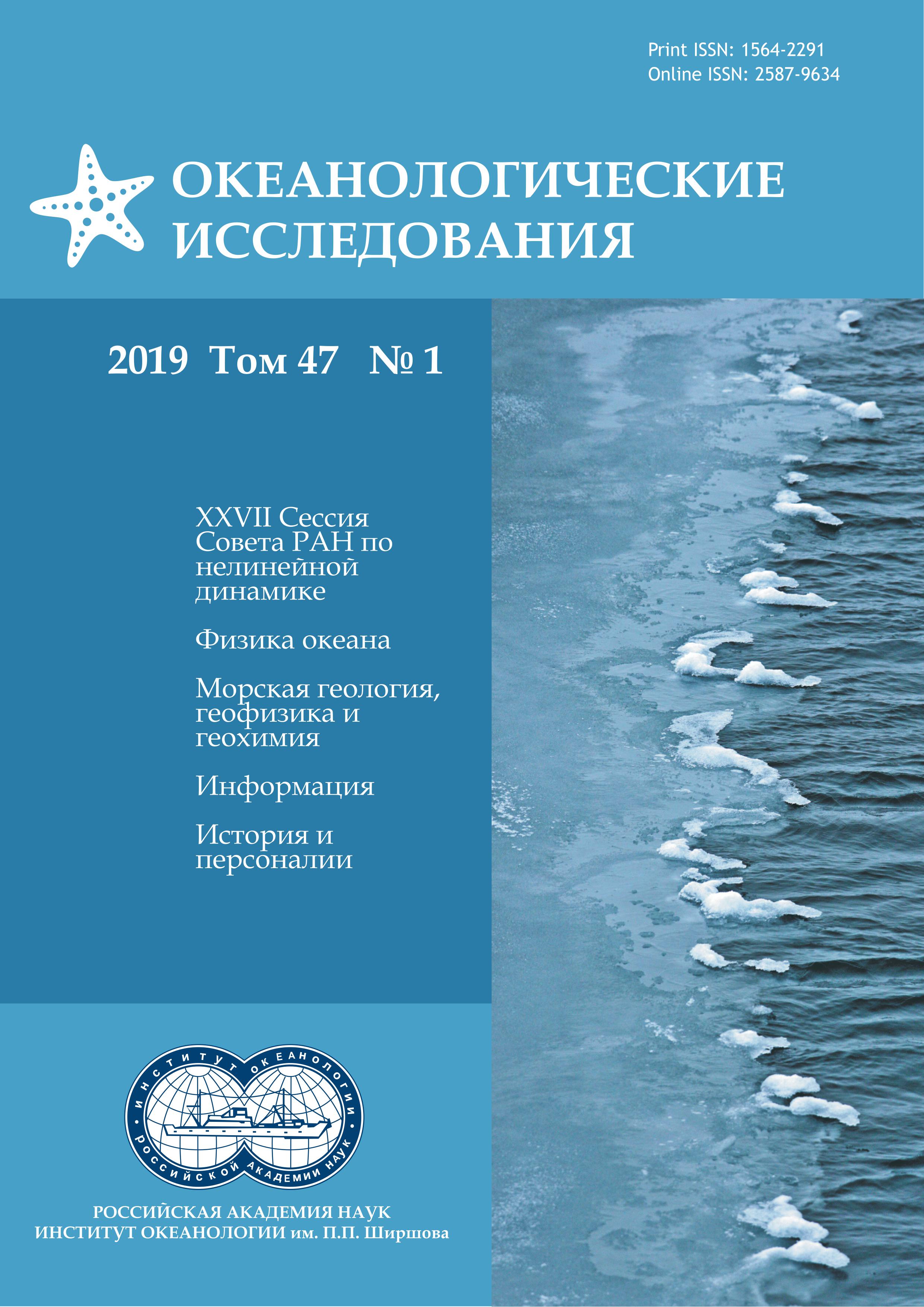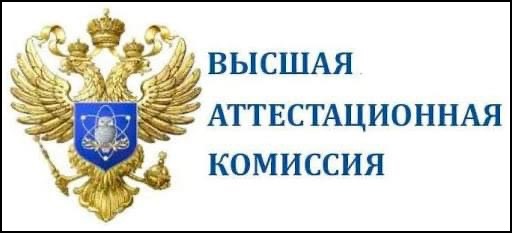ИНТЕГРИРУЕМЫЕ ПО ЛИУВИЛЛЮ РЕДУКЦИИ УРАВНЕНИЙ АССОЦИАТИВНОСТИ НА МНОЖЕСТВО СТАЦИОНАРНЫХ ТОЧЕК ИНТЕГРАЛА В СЛУЧАЕ ТРЕХ ПРИМАРНЫХ ПОЛЕЙ
Аннотация
В данной работе построена редукция уравнений ассоциативности (системы уравнений Виттена–Дейкхрафа–Верлинде–Верлинде, см. (Witten, 1990, Dijkgraaf et al., 1991, Dubrovin, 1994) с антидиагональной матрицей ηij на множество стационарных точек невырожденного квадратичного по производным первого порядка интеграла в случае трех примарных полей и доказана ее интегрируемость по Лиувиллю. В статье Мохова (Mokhov, 1995), см. также (Мохов, 1998), эти уравнения ассоциативности были представлены в виде интегрируемой недиагонализуемой системы гидродинамического типа. В работах (Мохов, Ферапонтов, 1996, Ferapontov et al., 1997), Мохов, 1998), было найдено бигамильтоново представление для этих уравнений и квадратичный по производным первого порядка невырожденный интеграл. Используя конструкцию Мохова, работы (Мохов, 1984, Мохов, 1987) о канонической гамильтоновости произвольной эволюционной системы на множестве стационарных точек ее невырожденного интеграла, мы построили редукцию для квадратичного по производным первого порядка интеграла, явно нашли гамильтониан соответствующей канонической гамильтоновой системы. Для построенной редукции уравнений ассоциативности найдены три функционально независимых интеграла в инволюции относительно канонической скобки Пуассона на фазовом пространстве и таким образом доказана ее интегрируемость по Лиувиллю.
Исследование выполнено за счет гранта Российского научного фонда (проект № 18-11-00316).
Литература
- Мохов О.И. Гамильтоновость эволюционного потока на множестве стационарных точек его интеграла // Успехи матем. наук. 1984. Т. 39. № 4. С. 173–174.
- Мохов О.И. О гамильтоновости произвольной эволюционной системы на множестве стационарных точек ее интеграла // Известия АН СССР. Сер. матем. 1987. Т. 51. № 6. С. 1345–1352.
- Мохов О.И., Ферапонтов Е.В. Уравнения ассоциативности двумерной топологической теории поля как интегрируемые гамильтоновы недиагонализуемые системы гидродинамического типа // Функц. анализ и его прил. 1996. Т. 30. № 3. С. 62–72.
- Мохов О.И. Симплектические и пуассоновы структуры на пространствах петель гладких многообразий и интегрируемые системы // Успехи матем. наук. 1998. Т. 53. № 3. С. 85–192.
- Dijkgraaf R., Verlinde H., Verlinde E. Topological strings in d < 1 // Nucl. Phys. B. 1991. Vol. 352. No. 1. P. 59–86.
- Dubrovin B.A. Geometry of 2D topological field theories // Preprint SISSA-89/94/FM, SISSA, Trieste, Italy, 1994. Lecture Notes in Math. 1996. Vol. 1620. P. 120–348. arXiv:hep-th/9407018 (1994).
- Ferapontov E.V., Galvao C.A.P., Mokhov O.I., Nutku Y. Bi-Hamiltonian structure of equations of associativity in 2D topological field theory // Comm. Math. Phys. 1997. Vol. 186. P. 649–669.
- Mokhov O.I. Symplectic and Poisson geometry on loop spaces of manifolds and nonlinear equations // Topics in Topology and Mathematical Physics. Ed. S.P. Novikov. Amer. Math. Soc. Providence, RI. 1995. P. 121–151. arXiv: hep-th/9503076 (1995).
- Witten E. On the structure of topological phase of two-dimensional gravity // Nucl. Phys. B. 1990. Vol. 340. No. 2–3. P. 281–332.
Передача авторских прав происходит на основании лицензионного договора между Автором и Федеральным государственным бюджетным учреждением науки Институт океанологии им. П.П. Ширшова Российской академии наук (ИО РАН)













